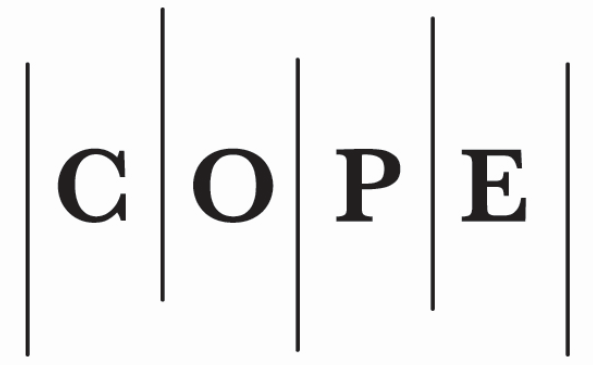DEFINITIONS AND CLASSIFICATIONS OF HYBRID THREATS IN CRIMINAL LAW
##plugins.themes.bootstrap3.article.main##
Abstract
Hybrid threats are various types of hostile actions that attempt to undermine the security and democratic institutions of the attacked state without using armed aggression. Hybrid threats can be responded to in various ways, but one of the key countermeasure in the legal system is criminal proceedings against the perpetrator. Court verdict for criminal offense provide the legal epilogue of the conflict and the identification of those responsible for the attacks. For such purposes it is necessary to analyse how certain types of hybrid threats could be classified in criminal law. In the paper, the author presents some enemy activities that were committed against Croatia in 1990 with an aim of secession of territory, given that similar actions were repeated in Ukraine in 2014.
In the paper, the author also analyses other forms of hybrid threats besides annexation and discusses legal classifications and attempts to explore areas for further progress in international or national criminal law. The results of the analysis show that since the period of the attack on Croatia, there has been no improvement in international criminal law in terms of more detailed regulation of criminal activities of this kind.
##plugins.themes.bootstrap3.article.details##

This work is licensed under a Creative Commons Attribution 4.0 International License.
Authorship Responsibility and Authors' Statements
The authors must submit the Author's Guarantee Form, declaring that the article submitted to Public Security and Public Order is an original work and has neither been published nor is under consideration for publication elsewhere. More so, the work has been carried out by the authors and the article does not contravene any existing copyright or any other third party rights. The AUTHOR'S GUARANTEE FORM could be found HERE
Authors contributing to Public Security and Public Order agree to publish their articles allowing third parties to share their work (copy, distribute, transmit) and to adapt it with a condition of proper referencing; the authors contributing agree to transfer all copyright ownership of the manuscript to the Public Security and Public Order.

 https://orcid.org/0000-0002-5331-6418
https://orcid.org/0000-0002-5331-6418





